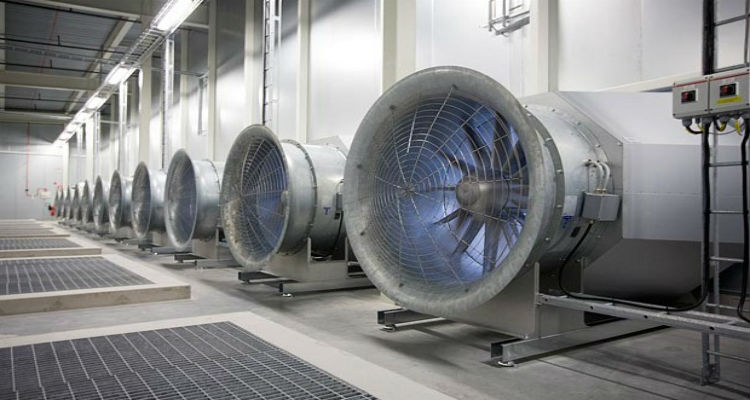Data center service providers are judged for their credibility through the quality of infrastructure they own. Data center build, design, resources and overall infrastructure facilities are the evidence of their services. Server cooling is one of the essential part of data center infrastructure. Cooling technologies like chillers, air compressors, ventilation and aisle management create an appropriate and controlled climate for smooth server functioning.
However, increasing environmental concerns call for optimum resource efficiency. This has led to several research and developments to devise better technologies for data centers to save nature from carbon emissions. In this blog, we will see how upgraded cooling infrastructure at data centers will improve server efficiency.
Upgraded Cooling Infrastructure and Server Efficiency
Latest cooling system: Latest cooling technologies are designed with the objective of achieving lesser carbon footprint in least power consumption. Some of the advanced cooling technologies for data centers are free cooling systems and closed couple liquid cooling technique. In free cooling system, the natural cold climate during winters, is utilized to cool the data center by circulating the outside temperature to the facility. This conserves a great amount of power and achieve a higher level of resource efficiency. While closed coupled liquid technique makes use of chilled water (liquid), which reduces the need of mechanical cooling.
Redundant system: The data centers needs to keep upgrading its machines and systems quite frequently because in every six months there is more efficient technologies are introduced in the market. So, for optimum resource utilization and for delivering competent results, the data centers need to be upgraded with latest set of machines and infrastructure.
Reduced costs: Optimum utilization of resources through proper management by allocating the resources efficiently across the clients, will lead to reduced costs of operation.

